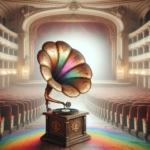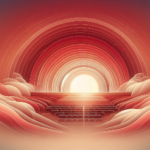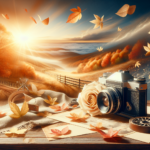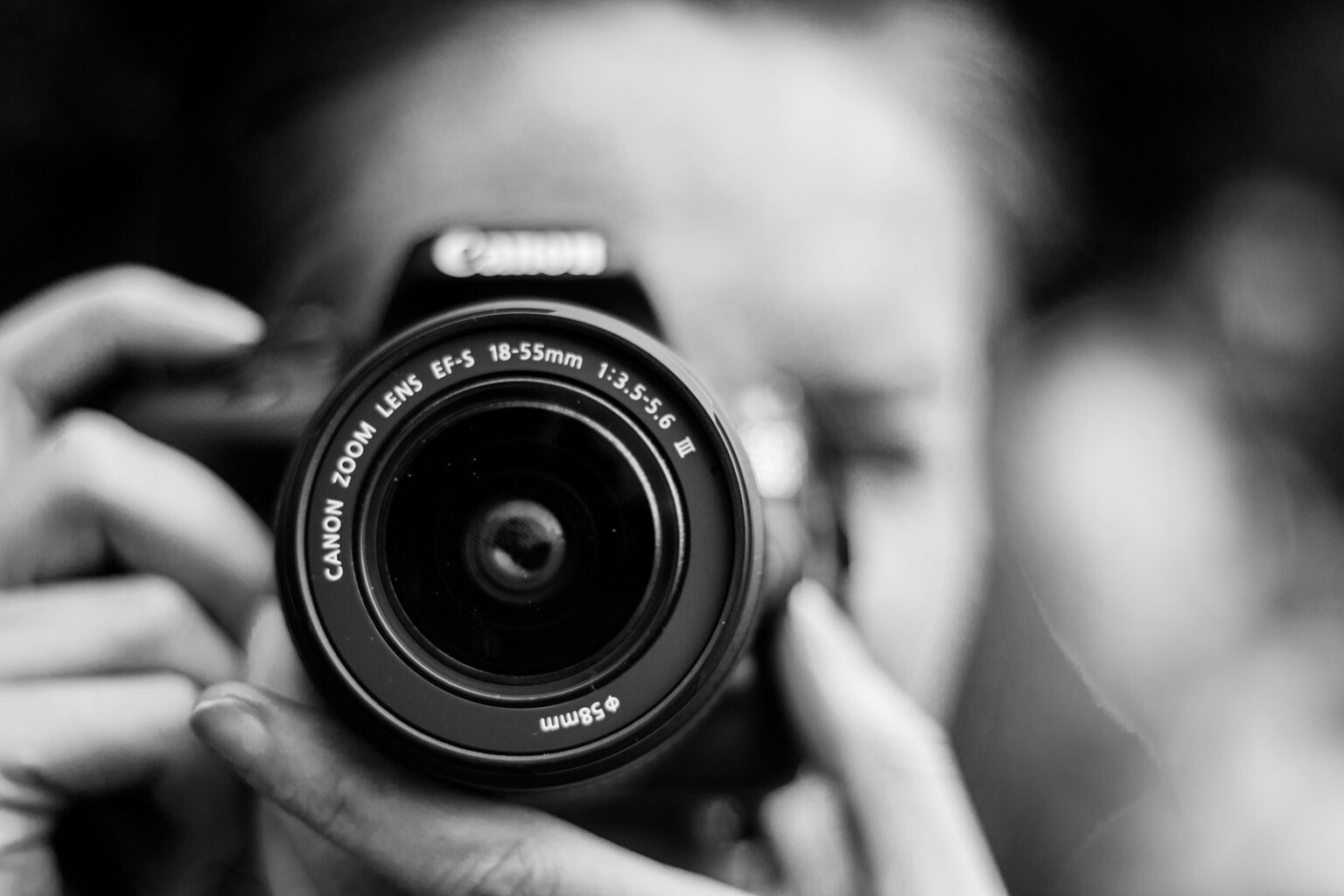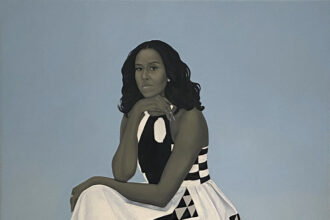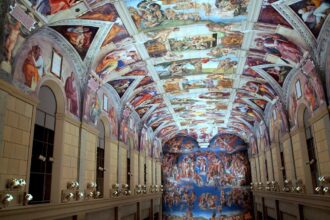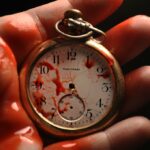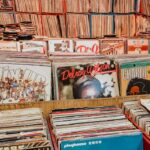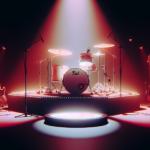Nona Faustine, the acclaimed artist whose self-portraits fearlessly confronted centuries of racial violence, died on the morning of March 20 at the age of 48 in New York City. The news was confirmed by the New York gallery Higher Pictures. The cause of her death has not been made public.
Faustine’s photography delved into complex themes of legacy, representation, trauma, and identity, often examining racial and gender stereotypes. Her work critically reexamined white violence and settler colonialism while paying tribute to ancestors whose stories had long been suppressed or ignored. “Nona Faustine was brave in a way that most women and men are not, placing her naked self before the gaze of anyone who happens upon her work to redirect their attention to a history and social truth that’s both pertinent and largely invisible,” said Seph Rodney, a critic.
“If we want to talk about our present-day heroes, we need to start with her,” Rodney added. Faustine was perhaps best known for her “White Shoes” series, in which she posed nude or partially clothed in symbolic white heels at various former slave auction sites across New York. This included the Tweed Courthouse, where she pictured herself naked and pushing against a stone column, and the corner of Water and Pearl Street, where she appeared with shackled wrists standing on a wooden box as traffic whirred in the background.
Last year, this series, which consisted of 43 photographs, was featured in her first solo museum exhibition. “Her vulnerable and commanding work urges us to think critically about the hidden, often traumatic histories of the places we call home,” the Brooklyn Museum said in a tribute last week. In a 2019 interview, Faustine described nudity as a way of “celebrating and reclaiming the black body in art specifically” by inverting the oppressive logic of photographs of enslaved people taken under duress.
“I really wanted to answer and challenge those images within my own way of reclaiming.
Nona Faustine’s boundary-pushing photography
I knew the power of the black body, and specifically of my fleshy, large body,” she explained.
“I also celebrated and loved that, having become a mother shortly before I started this series.”
Born in 1977 in Brooklyn and raised in Crown Heights, Faustine was deeply influenced by a family of photography enthusiasts. She drew inspiration from family photo albums and monographs of photographers such as Diane Arbus and Ernst Haas. She credited her father and uncle with putting the camera in her hand and introducing her to photography.
Faustine studied photography at the School of Visual Arts, graduating in 1997, where she was exposed to the work of Black photographers like Gordon Parks and Roy DeCarava, and women artists like Sally Mann. In 2013, she earned her Master’s degree from the International Center of Photography at Bard College. In an interview with the Leslie-Lohman Museum of Art, Faustine mentioned the support from her mother and sister encouraging her to return to school and pursue photography.
“I was lucky enough to have a mother and a sister who believed in me; they pushed me to return to school and return to photography,” she wrote. Faustine’s first solo exhibition was held at Baxter Street at the Camera Club of New York in 2016. This exhibition centered on photographs that grappled with the mythologies of national monuments, depicting sites like the Washington Monument and the Lincoln Memorial through a partially obstructed lens.
Faustine received numerous awards and honors throughout her career and had completed a fellowship with the American Academy in Rome shortly before her death. Her work is held in the collections of institutions such as the David C. Driskell Center at Maryland State University, the Studio Museum of Harlem, the Brooklyn Museum, and the Carnegie Museum in Pittsburgh, among others.
Nona Faustine’s legacy endures through her powerful art that challenged and reclaimed critical historical narratives, leaving an indelible mark on the world of contemporary art and beyond.
Photo by; Ailbhe Flynn on Unsplash



